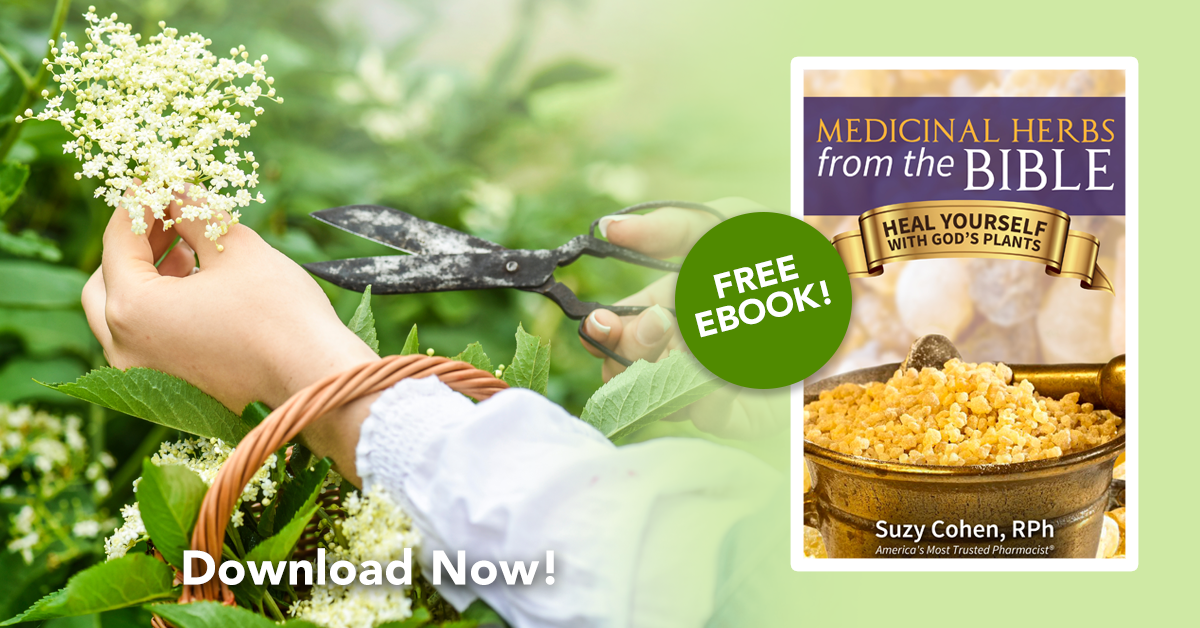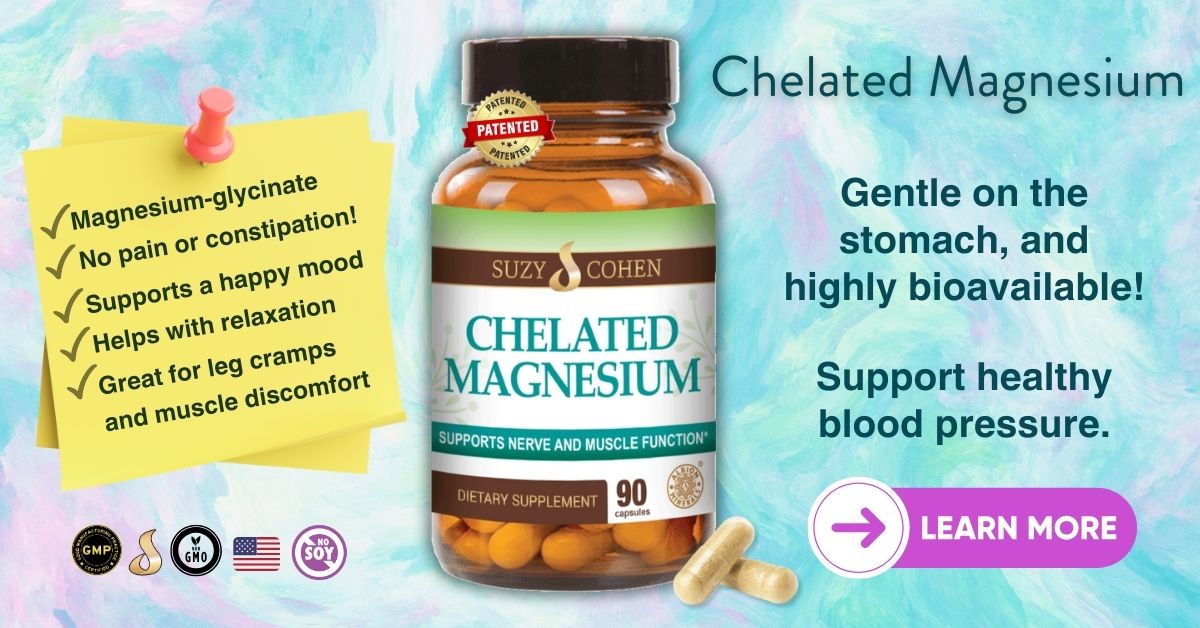What's On This Page?
ToggleLet me tell you something, friends → there’s nothing like a kidney stone to make you reevaluate every life choice you’ve ever made! 😅
So, grab a comfy chair (preferably one that doesn’t press on your back), because today we’re diving deep into the world of kidney stones — the symptoms, the pain (ohhhh the pain!), when to head to the ER (which I did), and what to drink so you never have to host another internal ‘rock’ concert.
How Do You Know It’s a Kidney Stone?
You may not know it’s a kidney stone at first. The pain often starts in your side, or abdomen and it feels like something in there busted or maybe like you got kicked (when you didn’t). It isn’t your everyday tummy cramp or backache. Kidney stone pain has a special flair. It’s more like “I-want-to-curl-into-a-ball-and-cry-but-even-that-doesn’t-help” kind of pain. Passing a stone can sometimes take days, or even weeks. That’s scary to think about. There isn’t an incident either, it’s not like you can say you overdid it at the gym, and now your flank hurts.
For me personally, I recently endured a kidney stone. I still managed to write you guys a blog about AMBIEN in between my attacks, but anyway, the pain started suddenly, and with no warning. I wasn’t doing anything – just doing little chores around my house. I walked out front to the porch to grab an Amazon package, and suddenly felt sharp pain in my upper left side, right beneath my rib cage. Within 2 minutes it radiated down my whole left side and around to my back. This area of the body is referred to as “flank” pain.
The pain became pretty severe quickly, and took my breath away. I started to feel cold and clammy because I couldn’t get out of it. After 20 minutes, it wasn’t settling down, and I wasn’t 100% sure what was going on because I do some pretty hard athletics (hot yoga for an hour at 105 degrees for example, high impact zumba, and more). I don’t drink alcohol (probably two glasses of wine annually – I know, I’m boring!- so I knew the risk for pancreatitis was low, but the pain was in the area where the pancreas is, so I wanted to rule that out).
At 60 years old, I was not sure what the cause could be and I wanted to be on the safe side. So Sam drove me to the Emergency Room to get checked out. I wouldn’t say it’s as bad as childbirth pain, but it’s darn near close! Man or woman, a kidney stone WILL get your attention.
I’m going to list the main symptoms of a kidney stone. As for me, the one and only symptom I had was flank pain. Nothing else for me. But you can any combination of those listed below. Many of you reading this have already experienced kidney stones and have your own story to tell. I’d enjoy hearing from you if you’d like to share it. Email me at scriptessentials@gmail.com.
Kidney Stone Symptoms may include:
- Sudden, sharp pain in the side or back (flank). It can radiate anywhere, especially to your back, and sometimes to your abdomen or groin.
- Nausea or vomiting may or may not occur (because your body is protesting). Some people get this, others don’t.
- Blood in the urine (that’s called hematuria — pink, red, or brown urine). You may not see it in your urine, but it shows up in micro levels on a urinalysis. Read this: 10 Causes of Hematuria and When to See a Doctor.
- Frequent urination or that “I need to pee but nothing’s coming out” feeling may also occur, especially when it’s on its way out of you. Everyone’s experience is different.
- Burning during urination (sometimes, but not always), especially when it’s in the bladder area down low.
- Sensation of an invisible icepick jabbing into your side – this is the type of pain you feel.

Again, I’m no wimp — I’ve done hot yoga in a 105°F room with zero fan and kept mascara intact. I’ve pushed out two children via natural childbirth back in the 90’s. But this pain? Oh no, this was different. Once admitted to the ER, they put an IV into my arm and gave me some pain medicine (Toradol).
Within 10 minutes, my frown lines disappeared, and I got a deep breath. (Good reminder that medications are miraculous when used for the right indication–> and why I still keep my pharmacy license, despite big pharma’s worst antics).
Here’s where it gets interesting. The pain stopped after the Toradol medicine, and the P.A. (Physician Assistant) told me I’d passed a 4.3 mm kidney stone (size confirmed via CT). He told me that was exceptionally fast, and he discharged me. He went on and on about how lucky I was to pass it that fast.
I told him I never saw it in the bathroom, but he said I no longer had pain, and it was too small to see anyway. I was discharged. I’ll tell you what happened next in a minute, let’s talk about who is most likely to get a kidney stone first.
Risk Factors
There are many risk factors for kidney stones, among them is your diet, genetics, how well you stay hydrated, your sodium intake, medications – some of which can predispose you for stones. Believe it or not, even where you live matters. When I lived in Florida, a doctor friend once joked that it’s not “if” you get a stone in Florida, it’s “when” thanks to the limestone in the water.
What does limestone have to do with kidney stones?
Limestone itself isn’t directly causing kidney stones, you’re not drinking chunks of rock from your tap water but it’s a contributor. Limestone-rich regions (like Florida, southeast Asia, Saudi Arabia and the Mediterranean region) often have “hard water”, which contains higher levels of calcium and magnesium. And when you drink hard water regularly, you take in more calcium.
In the Southeast and Southwest (nicknamed the “Stone Belt”) the hot climate can leave you a little dehydrated without even realizing it. Less hydration means less urine, and that’s the perfect setup for kidney stones to form. In the U.S., North Carolina actually tops the charts with the highest rate of kidney stones in the entire country.
I need to explain that more too – while dietary calcium can be protective against stones as you’ll find if you read Dr Google (lol!), it’s the excess free calcium in your urine (especially if you’re dehydrated) that contributes to “calcium oxalate” stones. Those are by the way, the #1 most common type of kidney stone.
The 6 Main Types of Kidney Stones (And What Causes Them)
- Calcium Oxalate Stones
These are the rock stars of the stone world, by far the most common. It’s what I had. They’re tiny brown stones and they’re jagged. How can something so small cause so much ruckus in there?!
Many things contribute to the formation of calcium oxalate stones. For example, consuming too many oxalate-rich foods (spinach, almonds, beets). Also, becoming dehydrated, or consuming too much salt (specifically sodium). You can also get too much sodium from drinking electrolyte drinks which are almost all rich in sodium – check your label and don’t guzzle them, drink them sparingly and properly). Ironically, a low-calcium diet can actually increase your risk. Guess what else raises risk for calcium oxalate stones. Hyperparathyroidism disease which has to do with calcium dysregulation. I had this – read my BLOG/VLOG here.
- Calcium Phosphate Stones
These form in alkaline urine (high pH) and can be linked to antacid overuse, UTIs, or hormonal issues like hyperparathyroidism (been there, done that, got the scar). If you’re alkalizing your water because you have reflux, you may increase your risk that way too. Water filtration systems and alkalizing water drop supplements will do that – check your labels if you use those items. Use them sparingly. The color of these stones is whitish-beige. - Uric Acid Stones
Formed in acidic urine, especially if you love red meat, organ meats, or have gout or diabetes. Dehydration doesn’t help either. These stones are sneaky and don’t always show up on imaging. People who eat keto and carnivore are at higher risk for these. The color of these stones is yellowish-orange or amber. - Struvite Stones (aka Infection Stones)
These fast growers are caused by chronic UTIs from bacteria that raise urine pH. They can become huge and even form pokey, antler-like shapes (termed staghorn). Painful doesn’t even begin to describe it — imagine passing something shaped like shattered glass through soft, delicate tissue. The color of this stone is greyish-white. - Cystine Stones
Rare and genetic. If you’ve got cystinuria, your urine leaks cystine, an amino acid that doesn’t dissolve well in water. These stones tend to start young and often run in families. They’re also stubborn, prone to coming back if not carefully managed with hydration and meds. These stones are typically amber in color. - Drug-Induced Stones
Some medications like topiramate (used for MIGRAINES and seizures), triamterene (a potassium-sparing diuretic), sulfa drugs, and even mega-dose vitamin D can crystallize in the urine and form stones. Rare, but very real. As a pharmacist, I always remind people that just because something is prescribed (or over-the-counter) doesn’t mean it’s harmless, especially if you’re dehydrated or predisposed to stones. If you’re on these meds long-term, talk to your doctor or pharmacist about monitoring kidney function and staying well hydrated.
What Contributed to My Kidney Stone?
Let’s get educational, and a little personal. As a researcher, I wanted to know how this happened:
- History of hyperparathyroidism – So my PTH levels and calcium levels were high during blood checks years ago, pointing to calcium dysregulation. It only means one thing, hyperparathyroidism (nothing to do with thyroid though). The parathyroid glands were surgically corrected years ago, but once your calcium metabolism’s been outta whack, you’re forever at risk for kidney stones. They can (and often are) in you without you knowing. Only once they start moving down and out do you feel the pain of a kidney stone!
Your parathyroid glands regulate calcium, they are completely different from your thyroid gland, which regulates thyroid. But parathyroid glands (4 of them) regulate calcium.You can read my story in THIS PERSONAL BLOG/VLOG. If you have chronic fatigue, it’s a good idea to check your PTH levels at your next annual.
- Dehydration – Guilty as charged. I have a love-hate relationship with hot yoga. I hate to sweat and I hate the heat, but when I come home, peel off my wet clothes and take a 12:00 shower (12 o’clock meaning the handle is straight up so it’s cold water). I feel like a human breath mint! It’s amazing. But those sweaty sessions once or twice a week without proper hydration? Recipe for stone formation! Count how many glasses of water a day you drink, and is the water alkaline? It should be.
- Certain medications/supplements – I was losing fluids from a respiratory and sinus infection (more dehydration), and because of that I was taking high doses of vitamin D (5,000 IU daily), plus doxycycline and loratadine at the time to cure a respiratory infection, all of which can subtly contribute to dehydration or urinary changes. These are on their own won’t trigger it, but in combination with the rest of the above, it would mildly contribute. Check your drug/supplement protocol to see what you take.
So, it shouldn’t have been a total surprise, except it was.
When to See a Doctor (or Go Straight to the ER)
Don’t be a hero. You are human. Plus, they make good pain meds just for such instances! You also need a proper diagnosis because there are a few things that can go wrong in the abdominal area, all of which need proper medical attention. So go to the ER if you’re experiencing:
- Sudden, severe pain
- Fever and chills (this could signal infection so medical attention is imperative)
- Nausea or vomiting – can be absent, mild or severe
- Visible blood in your urine (termed HEMATURIA)
- Inability to pass urine when you have the urge (urinary attention)
Get medical help ASAP. Kidney stones can get stuck if they are large and that requires more interventions. Kidney stones can lead to infections, or damage the kidney. A simple CT scan (it’s an easy ‘photo shoot’) or an ultrasound test can often tell the full story. None of these are painful or invasive so don’t worry.
What to Drink (and What to Avoid)
Hydration is everything. Stones hate flowing water. Think of it as a river sweeping them downstream (your ureter, in this case). Don’t get dry. If your lips are dry, or you regularly use lip balm, that’s a signal you’re not drinking enough. (By the way, dryness is one simple of hypothyroidism. Read the 10 Key Symptoms of Hypothyroidism.
DO drink:
✅ Plain water — the MVP. Aim for 2.5 to 3 liters a day. This article is a fun read: 10 Medicinal Ice Cube Recipes to Help You Lose Weight
✅ Citrate-rich fluids like lemon water — citrate binds calcium and reduces stone formation but don’t drink lemon if you have reflux.
✅ Herbal teas (some) — chamomile, nettle, and dandelion can be gentle kidney supports
AVOID:
🚫 Colas and sodas – especially dark sodas with phosphoric acid, which may promote stones. For that matter, I don’t think anyone should be consuming these beverages, it is the equivalent of drinking ‘stomach acid’ and it will contribute to esophageal problems, gastritis and GERD later. Quit if you have the willpower.
🚫 Too much spinach, beets, or rhubarb – high in oxalates
🚫 Energy drinks and high-dose caffeine – diuretic and dehydrating
🚫 Excess vitamin C supplements – Your body can convert high doses of vitamin C into oxalate, which contributes to kidney stone formation (especially the calcium oxalate kind). That’s exactly why I stick to 100% natural vitamin C in my own supplement — just 250mg, paired with citrus bioflavonoids to boost absorption without overloading your system. Many supplements on the market go overboard with 1,000mg or more, and while “more” might sound better, in this case, it can actually do more harm than good.
Strain That Stone!
If you’re close to passing a kidney stone, grab a urine strainer — you can buy one on Amazon (look for “PocketStrainer,” “Mesh Filter,” or “Collapsible Urine Strainer”) or ask your urologist. Don’t have one? A tea strainer or coffee filter works just fine. Catching the stone lets your doctor analyze it, so you’ll know exactly what type it is and how to avoid an encore performance!
Catching the stone is very important… and full disclosure: I caught mine 7 days after the initial event, which is pretty fast. Most stones take a few weeks to make their grand exit! Once the stone hits the bladder (and gets out of the ureter, the pain is way lessened). You may get lucky and not even feel it at that point.
They say most people feel burning or urgency as the stone exits — but I didn’t. I think most people do, but not always. And get this: Remember the doctor (P.A.) who treated me in the ER? He assured me I had already passed the stone and gave me just 4 pain pills just in case. He gave me a clean bill of health and that was it – his case was closed. So you can imagine my shock when, two days later, another wave of severe flank pain hit me out of nowhere. I thought I was done. He said I was done! Just a heads-up: it’s totally normal to feel perfectly fine between attacks. Kidney stone pain can be surprisingly bipolar like that. They’re quiet when they sit still, and when they start traveling down the ureter, you feel the pain.
Realizing what my pain was, even though it was severe and I had been perfect for 2 days, it became evident that I had NOT actually passed the stone in the ER like I was told… and this thing was STILL in me, still migrating down and out! 😅
💊 Medications & Remedies That Actually Help
Sometimes, you’ll need more than alkaline water and good vibes. Get these to help:
- Tamsulosin (Flomax) – helps relax the ureter, making it easier for the stone to pass. This is available by prescription. It can ease the pain of the attacks. You take one capsule at bedtime.
- NSAIDs – like ibuprofen, for pain and inflammation – they’re okay, they do help and I’m all for them. You can buy them over-the-counter in lower doses like 200mg per pill. But ketorolac (Toradol) works even better if you’re admitted to the hospital. If it’s not offered, just ask the nurse or doctor for it. Sometimes opiates are used short-term (ie hydrocodone/apap) for a few days. This can ease the pain too, especially in combination with ibuprofen. The medicine you get depends on many factors so follow your doctor’s orders.
- Antiemetics – for nausea or vomiting (ondansetron is common) but don’t take it if you don’t have nausea or vomiting. Why? Because it’s several hundred dollars a pill, and it causes side effects like headache, constipation, dizziness and hiccups. That said, if you ARE nauseated, then definitely opt in and get some. But don’t just be a bobble head and take everything they offer you at the ER if you don’t have an indication (need) for that drug. Ask the nurse or P.A., “What is this drug for?” to see if you need it. I refused this drug because I didn’t have any nausea.
- Potassium citrate – it’s for prevention in some stone types (like uric acid or cystine stones). It works by making urine less acidic, which reduces crystal formation.
Interesting study: A 2020 review in the New England Journal of Medicine noted that tamsulosin (brand Flomax) may be helpful for some kidney stones depending on the size. Read more HERE.
Can Stretching Help Kidney Stones?
Maybe! If you’re asking me, I’d say definitely yes. 🧘♀️ There’s growing (anecdotal) evidence that movement, stretching, or positional therapy (like gently rocking on all fours) can help wiggle the stone down the ureter. This isn’t a substitute for medication or hydration, but it’s a nice add-on. I think some yoga postures can help. For example, Cow Pose and Child’s Pose is useful in immediately lessening very bad pain, and you can do those in bed if your knees allow you. They won’t work like a Norco or Advil, but they’ll help you catch your breath.
Men Have it Tougher with Kidney Stones
Kidney stone pain can be brutal especially for men. A man’s urethra is longer, so stones travel farther, more chance to get stuck and cause pain. Plus, the prostate can block flow, making stone formation and blockages more likely.
But you’ve got tools: pain meds, hydration, timely care, movement, and your pharmacist friend to inform you (that’s me!). My story may have been a miracle, but yours doesn’t have to be a medical mystery. If you have upper abdominal pain that radiates to the back or down, it might be a kidney stone. It might be something else too – but my point is, if you’re experiencing symptoms, don’t wait.
You deserve fast relief and good care. And please — drink pure, filtered water like it’s your job. Be mindful of taking drying or ‘anticholinergic’ medications (like allergy pills) that dehydrate you.
If this blog interested you, maybe you want to read another one? 7 Annoying Reasons You’re Burping Too Much (And How to Fix It!)

Suzy Cohen, has been a licensed pharmacist for over 30 years and believes the best approach to chronic illness is a combination of natural medicine and conventional. She founded her own dietary supplement company specializing in custom-formulas, some of which have patents. With a special focus on functional medicine, thyroid health and drug nutrient depletion, Suzy is the author of several related books including Thyroid Healthy, Drug Muggers, Diabetes Without Drugs, and a nationally syndicated column.



